Startup companies are always on the fence about which business model fits in the budget and derives maximum outcomes. Well, you are not alone!
As more advancements in technology seem to escalate, the change in technology solutions and providers’ pricing plans will impact significantly. Whilst, if your startup business comes under the eCommerce industry bracket, keep in mind that the level of challenges and scalability opportunities is going to be ample.
But, as we all say “When there is a will, there is a way” and that’s what we plan on discussing in this post!
Welcome to our informative blog guide where we will address some top-notch cost-effective eCommerce app development solutions for potential startups. This will include:
- Market Statistics
- Cost-effective eCommerce trends
- Key steps to create budget-friendly eCommerce application for startups
What’s the wait? Start scrolling through till the end of these guidelines to gather a bucket full of cost-efficient eCommerce solutions for your startup business.
The Current Market of eCommerce Development Industry: Startup Edition
Here are some interesting facts and figures about the current market of the eCommerce development industry from a startup perspective.
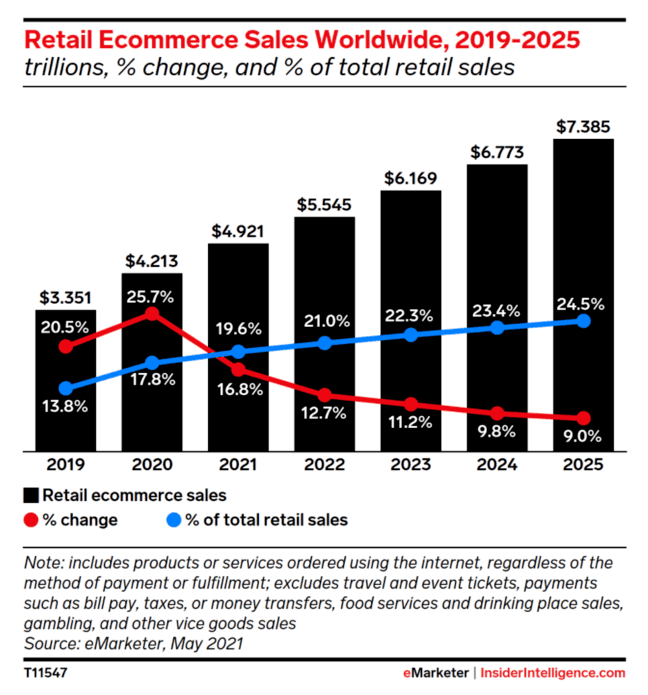
1) In 2023, global eCommerce sales reached $5.2 trillion and are expected to grow to $6.3 trillion by 2024, highlighting significant growth potential for startups entering this space.
2) The eCommerce market is projected to grow at a compound annual growth rate (CAGR) of 10.3% from 2023 to 2028.
3) Mobile commerce (mCommerce) is on the rise, with mobile sales expected to account for 72.9% of total eCommerce sales by 2024. This trend underscores the importance of mobile-friendly development.
4) Around 73% of consumers use multiple channels during their shopping journey. Startups need to focus on creating seamless omnichannel experiences.
5) 80% of consumers are more likely to make a purchase when brands offer personalized experiences. Integrating AI for personalized recommendations can significantly boost sales.
6) AR/VR development solutions are transforming the shopping experience. By 2025, it’s estimated that 100 million consumers will shop using AR.
7) Social commerce is growing rapidly, with sales expected to reach $2.9 trillion by 2026. Integrating social media platforms into eCommerce strategies is crucial.
8) 65% of consumers say they are more likely to buy from a brand that aligns with their values, particularly concerning sustainability. Startups should consider eco-friendly practices.
9) The Asia-Pacific region remains the largest eCommerce market, accounting for over 60% of global sales, driven by countries like China and India. Startups should consider this region for expansion opportunities.
10) eCommerce startups continue to attract significant venture capital funding, with a total of $6.1 billion invested in the first half of 2023 alone.
E-commerce Development Trends That Promises Cost-effectiveness for Startups
Small enterprises have widely used E-commerce platforms as a crucial instrument for expanding their consumer base outside their physical location. The usage of these platforms has increased dramatically, and companies are always looking for new methods to take advantage of the newest innovations and fashions.
1. Adoption of Cloud-based E-commerce Platforms
According to a research report released by MarketsandMarkets, the eCommerce platform market is expected to rise at a compound annual growth rate (CAGR) of 12.8%, from its estimated value of USD 5.51 billion in 2022 to an incredible USD 10.04 billion by 2027. The increase in demand may be ascribed to the widespread use of cloud-based solutions and digital transformation in many sectors around the globe.
Cloud-based systems are becoming popular as small businesses seek more affordable and agile eCommerce solutions. These technologically advanced solutions are scalable without requiring a large initial outlay of funds, giving businesses the freedom to open online storefronts fast and with little upkeep.
The use of cloud-based eCommerce is quickly becoming recognized as a useful tool for empowering contemporary business owners by meeting their changing demands in expansive online marketplaces.
Small companies may now more successfully compete with larger eCommerce players by launching and managing their online storefronts using cloud-based solutions. It is anticipated that small and medium-sized businesses (SMEs) will grow at the fastest rate. Furthermore, throughout this same period, cloud deployment is predicted to dominate the market size.
2. High Demand for Mobile-responsive E-commerce Platforms
Retail m-commerce sales in the US are predicted to quadruple to roughly 710 billion dollars by 2025, having risen to over 360 billion dollars in 2021, according to Statista! E-commerce will probably account for an increasing share of retail sales in the United States in the coming years.
Small companies are increasingly resorting to mobile-friendly eCommerce systems that provide a smooth and optimized purchasing experience across all devices as a result of the increased popularity of mobile devices for online buying.
The trend may be attributed to the growing significance of mobile devices in the eCommerce space, as more and more customers browse and purchase online using their smartphones and tablets.
Startup companies are increasingly utilizing the power of eCommerce platforms to create a smooth shopping experience that not only boosts conversions but also keeps consumers coming back by optimizing their online stores for mobile devices.
They can provide the best user experience across all devices with these mobile-friendly solutions, opening up countless prospects and even financial gains.
3. Social Media Platform Integration
Small companies may reach a larger audience and increase sales through social media channels by connecting their eCommerce platforms with Facebook, Instagram, Pinterest, and other popular social media sites.
eMarketer projects that social commerce will develop three times faster than e-commerce in its traditional form, reaching a staggering $1.2 trillion by 2025 from $492 billion in global sales in 2021! About half of American adults who are adults are thought to have purchased social media.
Social media is becoming a crucial component of eCommerce as more and more online buyers are using their preferred networks to find products and get recommendations. This change is propelling the industry’s expansion and encouraging small firms to implement integrated solutions that will enable them to sell goods directly through social media platforms, so opening up a potent avenue for consumer involvement and sales success.
4. The Use of AI & ML in E-commerce Development
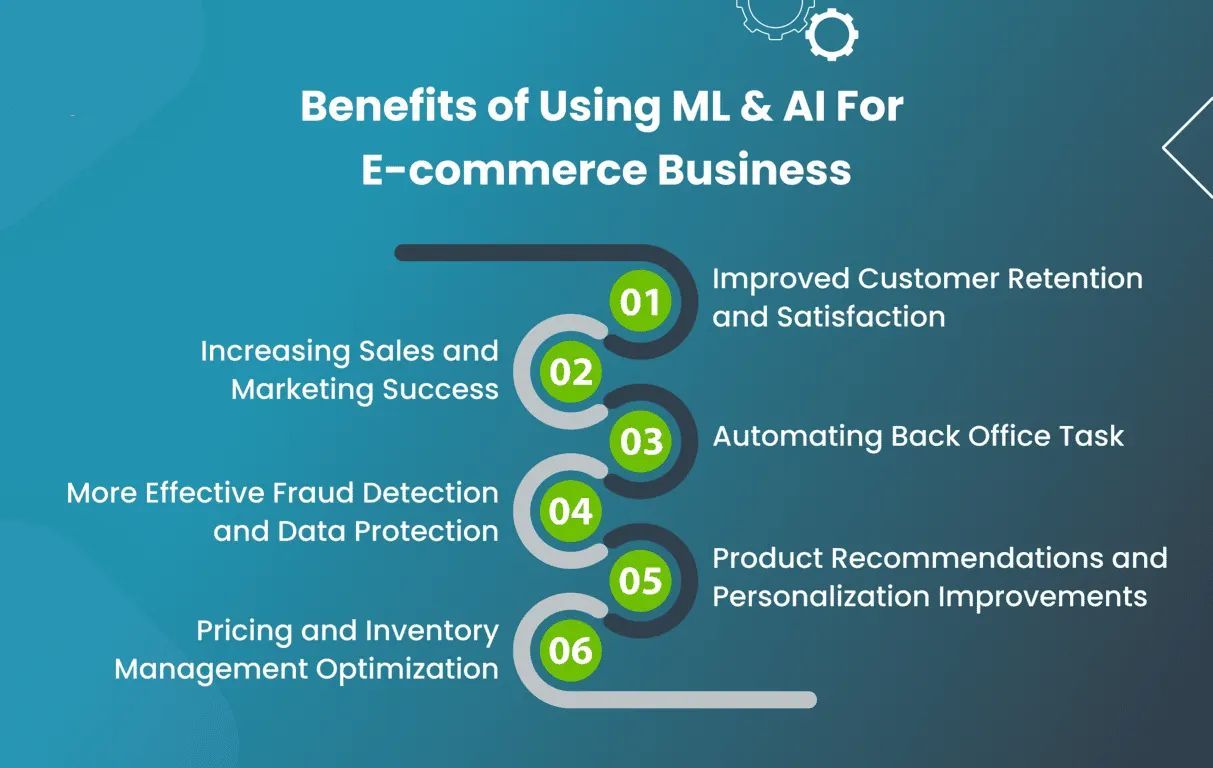
According to a Gartner survey, most businesses using AI for digital commerce will see at least a 25% increase in revenue, cost-effectiveness, or customer happiness. The rising usage of AI and machine learning in eCommerce platforms, which enables companies to provide chatbots, virtual assistants, and tailored suggestions, is what’s driving this rise.
AI and machine learning are being used by small businesses more and more to improve their eCommerce platforms, provide consumers with tailored experiences, and increase productivity and efficiency.
The desire for businesses to provide clients with individualized experiences while simultaneously increasing productivity and efficiency is what’s driving the trend. eCommerce systems may now provide individualized suggestions and virtual assistants to help clients with their purchases while also automating processes such as order fulfillment and inventory management.
5. Growing Utilization of Omnichannel E-Commerce Systems
Small companies are quickly turning to omnichannel eCommerce systems because of its ease of use, speed, and scalability. This allows them to increase sales across a variety of channels, including physical storefronts, social media accounts, and online marketplaces.
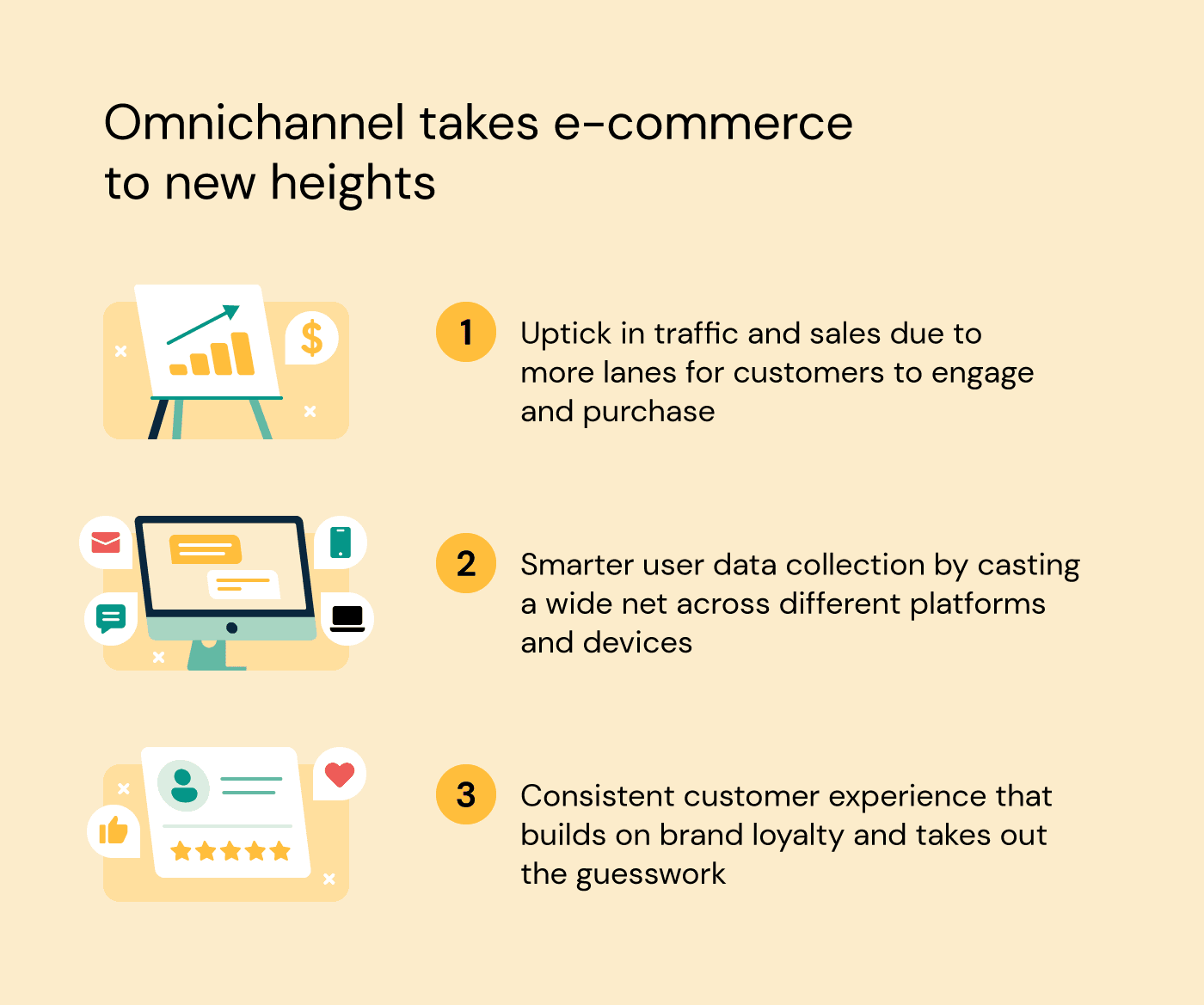
Retail e-commerce sales in the US produced over $905 billion in 2022, and by 2027, this amount is predicted to grow to over 1.7 trillion dollars, according to Statista Digital Market Outlook! The usage of omnichannel eCommerce systems, which allow companies to reach customers across numerous channels and increase sales and customer interaction, is what is driving this expansion.
This trend is being driven by customers’ growing expectations of being able to purchase whenever and wherever they want, which puts pressure on businesses to provide a seamless shopping experience across different platforms. Omnichannel eCommerce solutions facilitate the sale of goods across several channels while providing clients with a standardized and customized purchasing experience.
Budget-Friendly Steps Needed To Create an App for E-commerce Startup Business
As a leading eCommerce development company, we follow strategic steps and approaches to build apps for our startup clients. In order to know all the steps yourself, here a a brief 7-step guideline mentioned below:
Step 1: Have a Good Hold Of the Market
As already mentioned, the market of the eCommerce industry is pretty diverse. In such cases, staying informed and up-to-date on the changing scenarios becomes important.
To get professional help, DianApps is a well-known mobile app development company that offers E-commerce app development services. To create a solid and user-friendly software that meets your business objectives, our experience can be very helpful.
A well-thought-out plan is necessary to have a strong online presence. The first stage is a detailed investigation of the market, looking at current trends. Making user personas, determining the target market, and carrying out in-depth competition analysis are next.
In this foundational phase, key performance indicators (KPIs) gets establishes and the company objective defines well. Together, these components create the framework for an extensive planning process that will steer your app development project in the appropriate direction.
Using expert E-commerce app development services is crucial in this process. Professionals are capable of handling the intricacies, guaranteeing that your software not only satisfies industry requirements but also stands out and provides a smooth and engaging user experience.
Step 2. Selecting An Appropriate Platform
Providers of e-commerce app development services can help you make wise choices. However, selecting a good platform for your e-commerce app is a must before you begin. Choosing whether you want your app to run on iOS or Android or to use a cross-platform solution is the first step. The platform you select will have a big impact on how much development will cost overall, so be sure it fits both your target market and budget.
It’s critical to take user demographics, market share, and device preferences into account when choosing a platform. Android serves a larger user base than iOS, whose customers tend to be more affluent. Although cross-platform software guarantees greater accessibility, certain platform-specific features may need to be sacrificed.
Step 3. Features And Functionalities
A unique E-commerce mobile app requires a thoughtful selection of features and functions that appeal to consumers and set the company apart from rivals. Give top priority to features like easy onboarding, intuitive user interfaces, prompt alerts, attentive customer service, safe payment methods, and feedback systems.
Improve the user experience by adding cutting-edge features like improved CRM software, strong analytics, and IoT connectivity. These cutting-edge elements combine to create more dynamic and intelligent software that offers consumers a smooth and customized shopping experience.
Businesses gain from using expert E-commerce app development services when they are just starting the development process. By providing specific knowledge and insights, these services guarantee that the features selected meet both user and company objectives.
Step 4. Design of UI/UX
It needs not just excellent E-commerce development services but also a well-organized design that puts user engagement and retention first. A pleasant user experience is mostly dependent on having an interface that is easy to use and has a streamlined design. In order to meet the wide range of demands of users, the application’s interface should be not only visually beautiful and responsive, but also accessible.
An E-commerce app that is fully functional takes into account the user’s path from the time they open the app until they finish their transaction.
The app’s accessibility features increase its inclusiveness and make it easy to use for those with a range of requirements.
Step 5. The Technology Stack
A critical step in developing an e-commerce app is choosing the appropriate technological stack, which will influence the app’s functionality and efficiency. The selection of technology is contingent upon certain needs and goals. Let’s examine some essential elements of the tech stack needed to create a reliable e-commerce application.
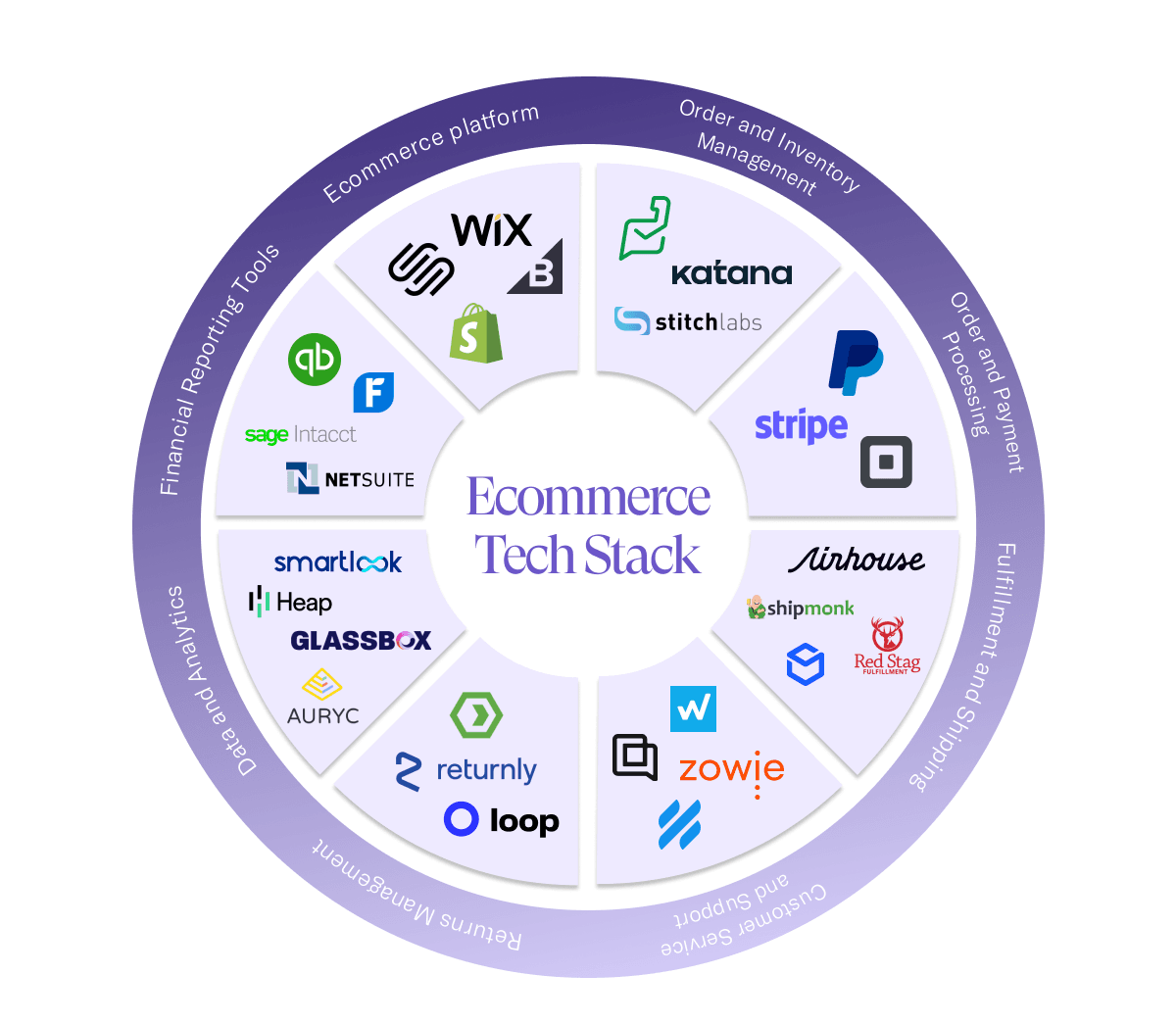
–Programming Language: Select a language based on the objectives of your project. Popular options are Python, JavaScript, and Java.
– Front-end Development: For an interactive and user-friendly interface, make use of frameworks like React, Angular, or Vue.js. JavaScript, HTML, and CSS are necessary to create interesting front-end experiences.
-Back-end Development: Popular frameworks for this type of work include Django (Python), Ruby on Rails (Ruby), and Node.js (JavaScript). The proper back-end technology selection is essential for efficient data processing, storage, and retrieval.
Step 6: Development
In the development phase of an e-commerce application, attention turns to the complexities of front-end and back-end coding. Bringing all of the intended features and functionalities to life is the focus of this crucial stage. The developers put a lot of effort into making sure the program runs well, paying close attention to performance issues.
Creating the user interface (UI) and user experience (UX) components is frontend development, which guarantees a n aesthetically pleasing and user-friendly design. In contrast, backend development includes building the application logic, database, and server to support the functionality of the program.
The foundation of the development stage is the coding phase when developers construct the instructions that allow the application to function as planned. They carefully plan the architecture, taking responsiveness, security, and scalability into account.
Step 7: Test & Launch
Testing and launch are crucial stages that occur after the development stage is over. The e-commerce app undergoes a thorough process that includes both automated and manual testing during the app testing phase. This painstaking testing procedure ensures that your application operates without a hitch, with an emphasis on strong security controls and the removal of bugs, mistakes, and slowdowns through regular Drupal maintenance.
To provide your audience with dependable and easy-to-use software, thorough testing is necessary. To guarantee the triumph of this crucial stage, enterprises frequently resort to expert E-commerce application development services. These services guarantee a seamless and error-free release of your eCommerce app onto the market. By providing knowledge in testing and launch methods.
Wrapping Up
In the competitive landscape of eCommerce, startups need to balance innovation with cost-effectiveness to succeed. Leveraging cost-effective eCommerce app development services can be a game-changer. Allowing startups to deliver exceptional customer experiences while optimizing their budgets.
By partnering with experienced development firms that offer scalable, customizable solutions. Startups can launch robust eCommerce platforms without compromising on quality. Additionally, adopting technologies like AI, AR, and mobile optimization can enhance user engagement and drive growth.
As the eCommerce market continues to expand, startups equip yourself with the right development resources. And strategies are well-position to thrive and carve out a niche in this dynamic industry.
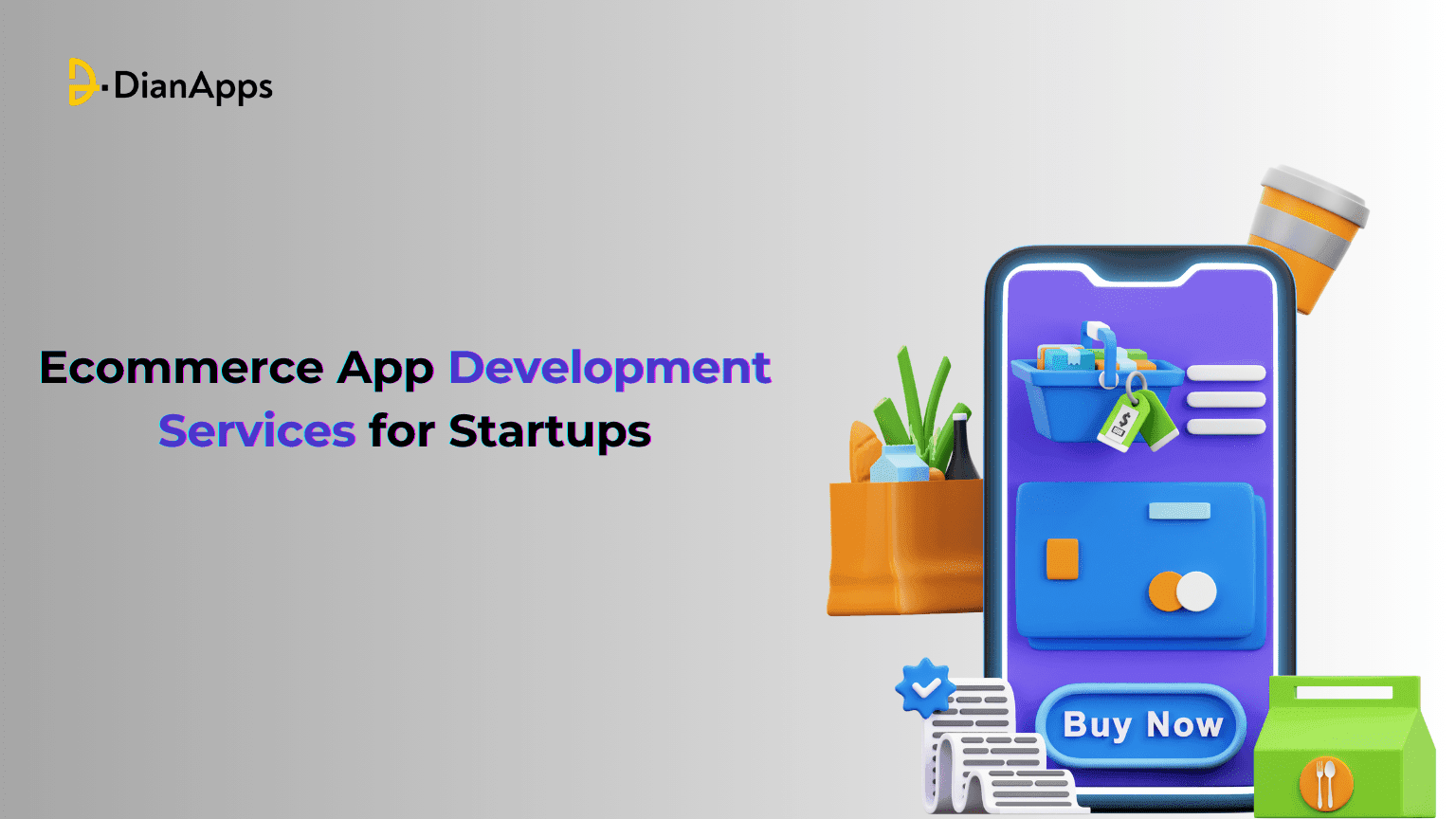
Leave a Comment
Your email address will not be published. Required fields are marked *